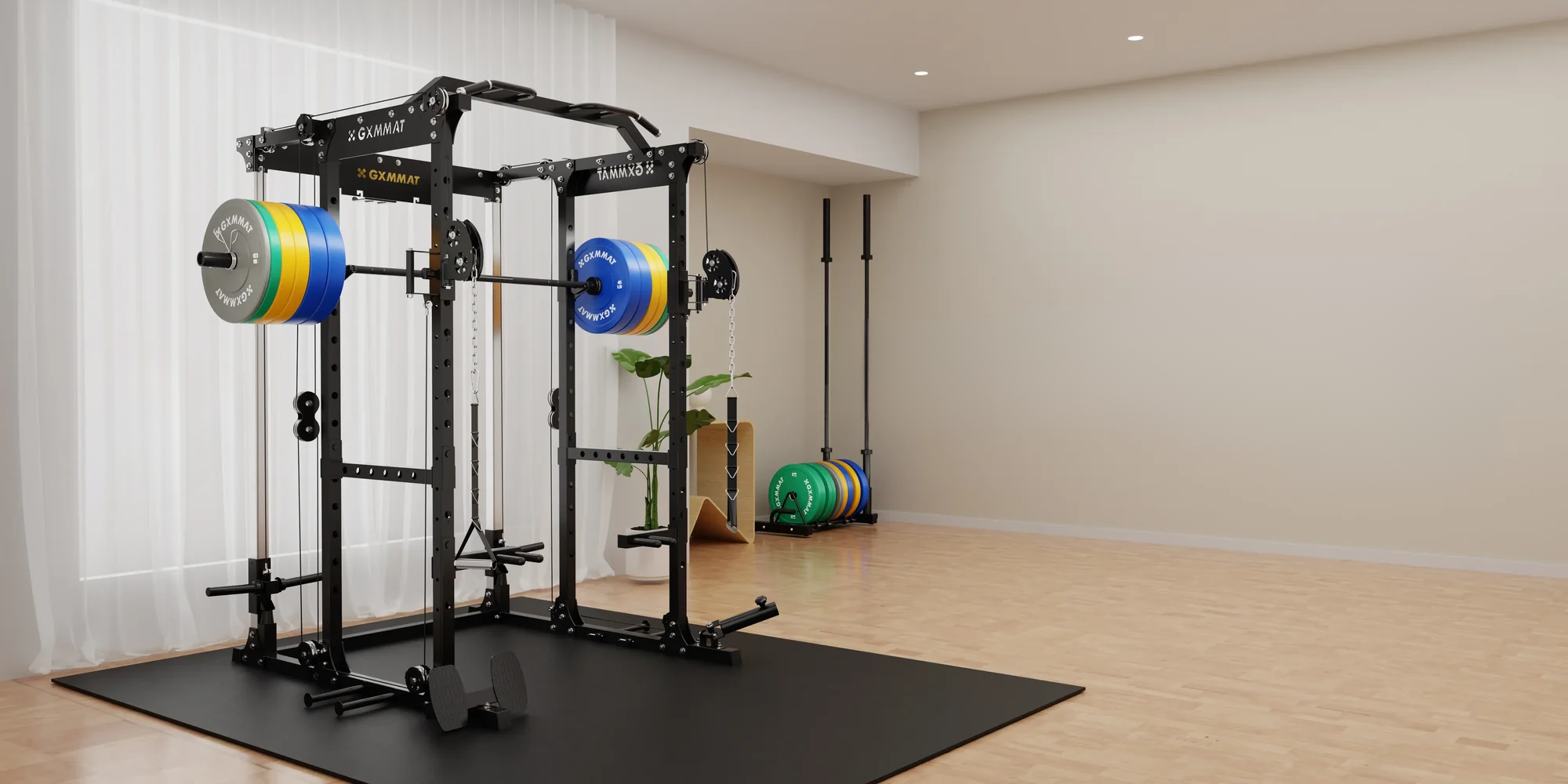
Every Angle, Every Muscle: The Ultimate Guide to Cable Workouts
A power rack is far more than just a squat stand — it’s a versatile training platform designed to help you build strength, sculpt your physique, and enhance athletic performance. Whether your goal is to gain muscle, increase explosive power, or make everyday movements feel stronger and easier, this piece of equipment can help you unlock your full potential.
By incorporating multi-angle and multi-plane exercises, you can activate all major muscle groups, break through plateaus, and achieve new levels of progress. Drawing on findings from authoritative sources such as the Journal of Strength and Conditioning Research (2023), this guide provides a systematic approach to using the power rack — including its barbell, safety pins, dip handles, and resistance bands — to train your entire body efficiently.
You’ll find practical exercise instructions, sample programs, and progression tips suitable for trainees at every level, designed to maximize results while keeping you safe.
Safety Note: Always ensure the power rack is set up securely and that the load you choose matches your ability. Beginners or individuals with medical concerns should train under professional supervision.

1. Unique Advantages of the Power Rack: Why It’s Indispensable
- Multi-planar training capacity: By adjusting pulley height and switching attachments, you can perform movements from top to bottom, front to back, and along diagonal or rotational planes, targeting every functional region of the musculature.
- Continuous tension stimulus: Unlike free weights, the power rack (with its cable system) maintains resistance throughout the entire range of motion, significantly increasing time under tension (TUT) — ideal for hypertrophy and muscular endurance.
- Joint-friendly control: Well suited for unilateral work, anti-rotation drills, and stability exercises, helping correct imbalances while improving core function and overall motor coordination.
2. Ultimate Power Rack Training Guide: From Shoulders to Core
Chest & Shoulders
High Cable Fly
-
Primary muscles: Pectoralis major, anterior deltoids
-
Execution cues: Set the pulleys slightly above shoulder height. Keep a slight bend in the elbows and draw the handles together in a smooth arc while bracing the core. Squeeze the chest at the peak, then return slowly under control.
-
Recommendation: 10–12 reps × 3 sets
-
Key tip: Maintain a gentle elbow bend, keep the chest lifted and core engaged, and control the arc on the way back.
 Mid Cable Fly
Mid Cable Fly
-
Target Muscles: Entire pectoralis major
-
Key Points: Set the pulleys at shoulder height. Keep a slight bend in your elbows and smoothly bring your arms together in front of your chest.
- Recommendation: 10–12 reps × 3 sets
-
Notes: Maintain a soft bend in the elbows, keep your chest lifted and core braced, draw the handles together in an arc, then return slowly.

Lateral & Front Raise
- Target Muscles: Middle deltoid / Anterior deltoid
- Key Points: Keep your core tight and avoid body sway. Raise the arms only to shoulder height.
- Notes: Engage your core and lift smoothly to shoulder height only.


Back & Arm
Seated Lat Pulldown
- Target Muscles: Latissimus dorsi, Rhomboids
- Key Points: Keep your back straight and chest up. Pull the bar down to just below the clavicle, ensuring your shoulder blades are engaged.
- Recommendation: 8–12 reps × 3 sets
- Notes: Maintain a straight back, engage your shoulder blades first, then pull down to just below the clavicle

Half-Squat Row / Seated Row (Row Variations)
-
Target Muscles:Latissimus dorsi, Trapezius, Biceps
-
Key Points:Keep your core stable. During the rowing motion, pull your elbows back along the sides of your body, avoiding shrugging your shoulders.
-
Recommendation:8–12 reps × 3 sets
-
Notes: Maintain a stable core, keep your back straight and shoulders down, and pull elbows back along your body.

Biceps Curl (Cable Curl)
- Target Muscles: Biceps
- Key Points: Keep your upper arms stationary and lift using your forearms. Pause at the top, then lower slowly.
- Recommendation: 12–15 reps × 3 sets
-
Notes: Keep your upper arms close to your body, curl your forearms, and pause at the top.

Face Pull / Cable High Pull
- Target Muscles: Posterior deltoids, Trapezius, Rotator cuff
- Key Points: Keep elbows above the wrists, retract your shoulder blades, and avoid using your lower back as compensation.
- Recommendation: 12–15 reps × 3 sets
- Notes: Elbows above wrists, shoulder blades engaged, neck relaxed.





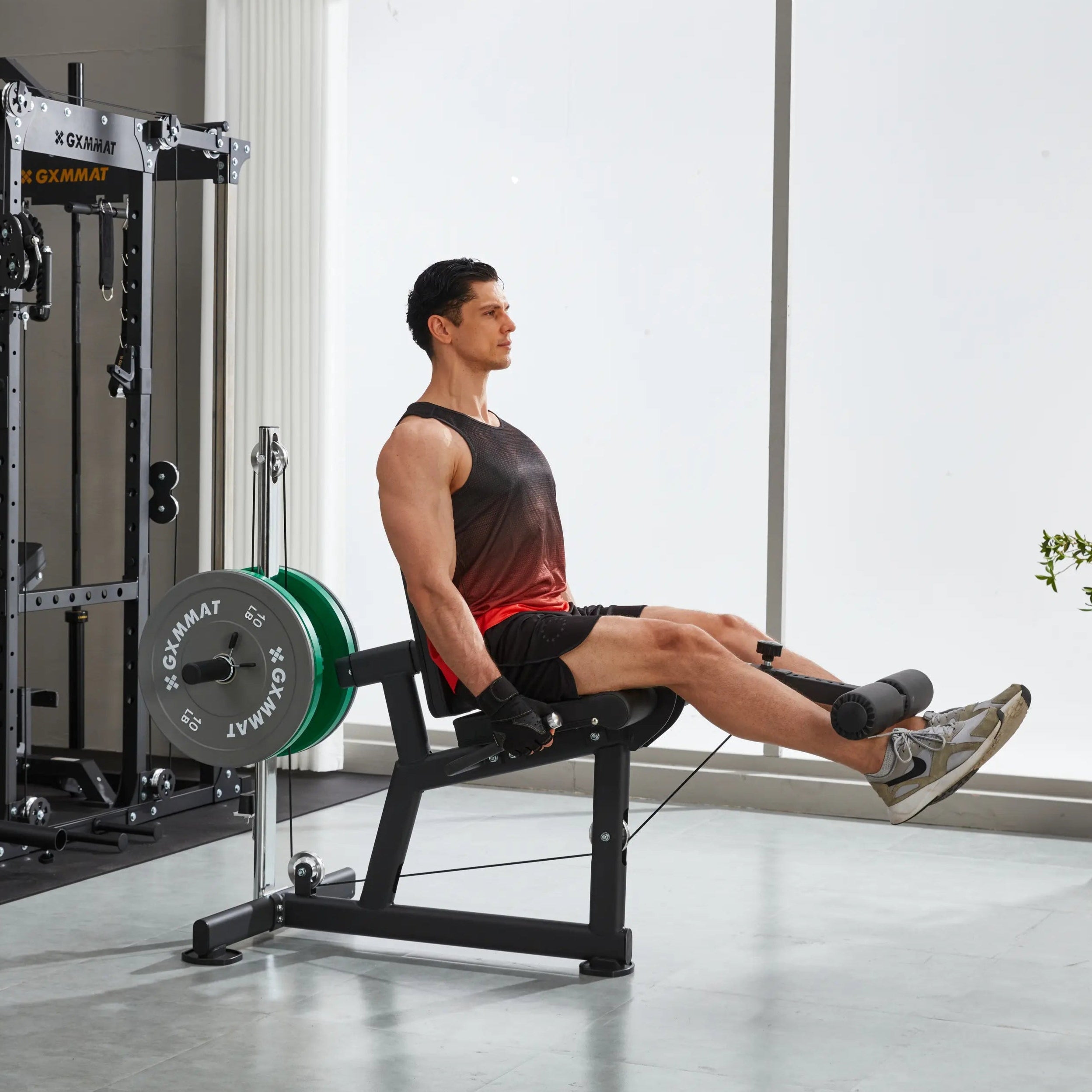
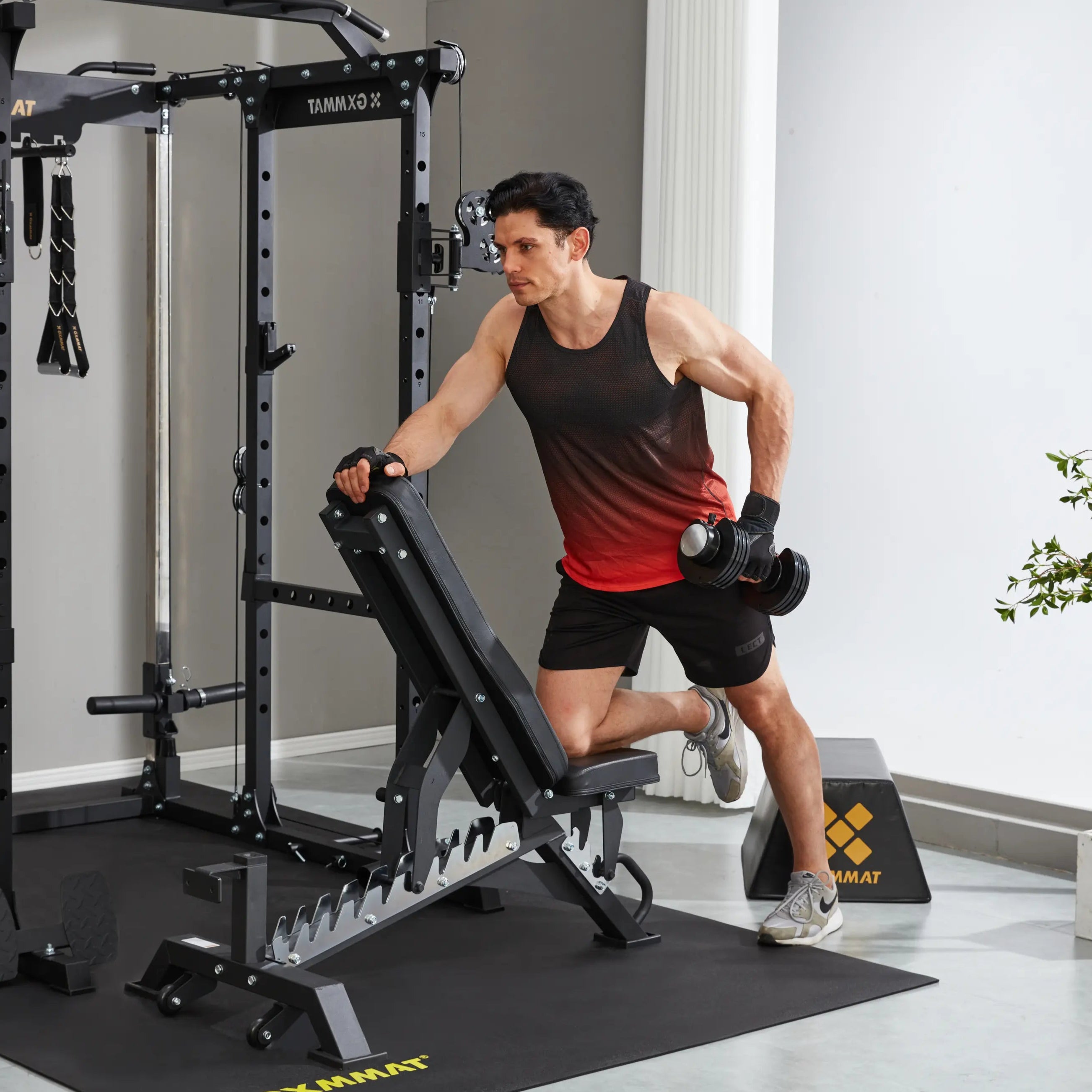






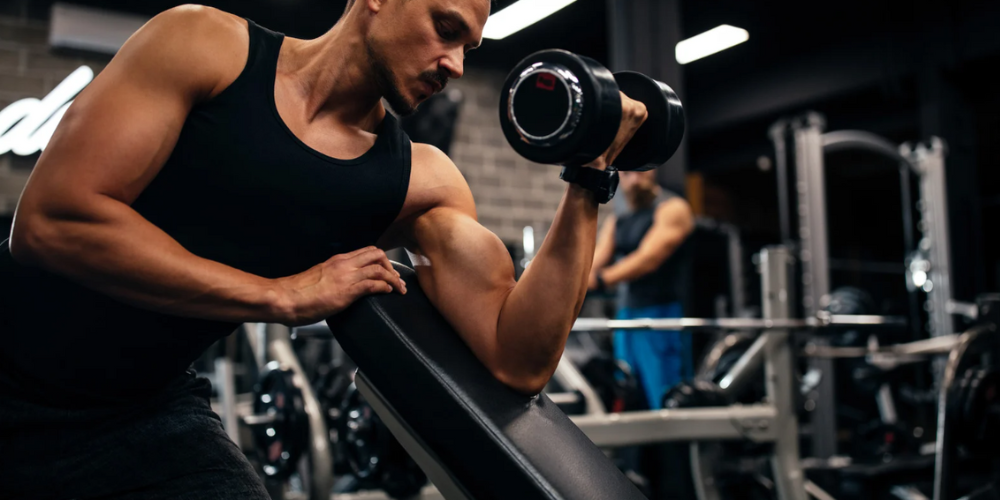
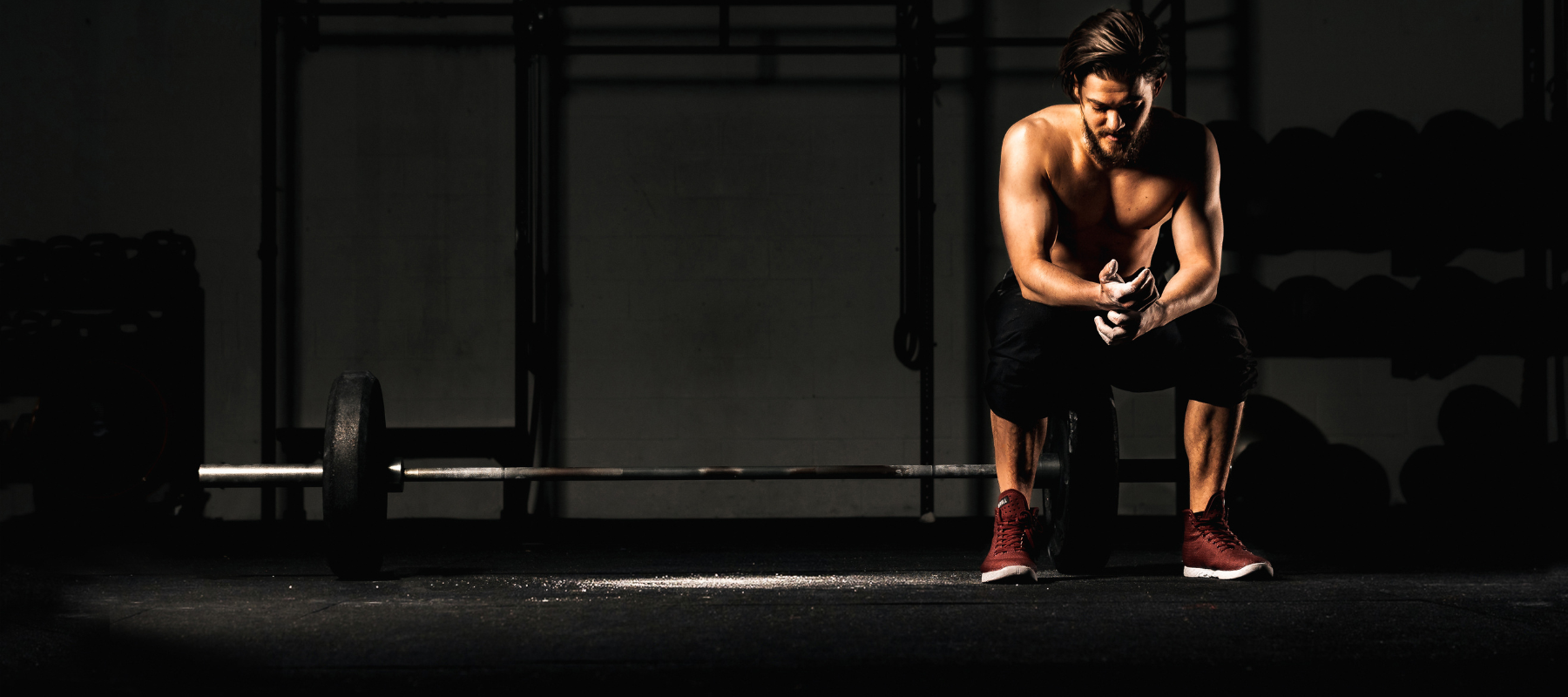
Leave a comment
This site is protected by hCaptcha and the hCaptcha Privacy Policy and Terms of Service apply.